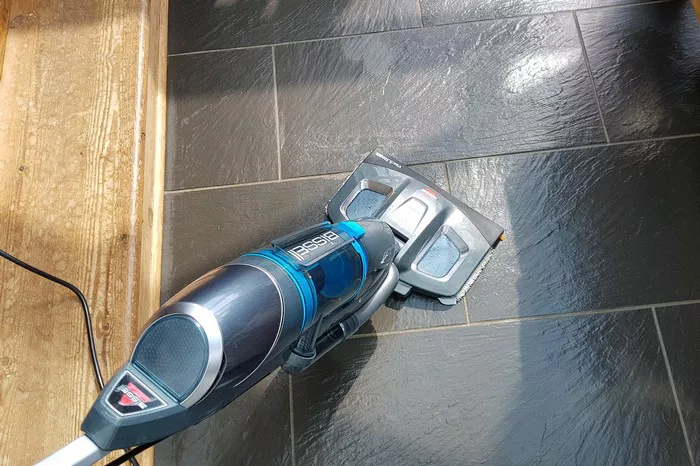Steam cleaning has gained immense popularity in recent years, primarily due to its eco-friendliness and the promise of chemical-free cleaning. As more people seek sustainable and safe cleaning solutions, steam cleaners have emerged as a go-to option. However, one common question persists among users: Do steam cleaners leave surfaces wet? In this article, we delve into the intricacies of steam cleaning to address this concern and provide comprehensive guidance for users.
How Steam Cleaners Work
Steam cleaners operate by harnessing the power of high-pressure steam to sanitize and clean various surfaces. The internal boiler of a steam cleaner heats ordinary tap water beyond its boiling point, typically ranging from 225°F to 325°F. This intense heat generates high-pressure steam, which is then forced out through a nozzle or attachment.
The key mechanism behind steam cleaning lies in the ability of the high-pressure steam to penetrate microscopic pores on surfaces. This penetration allows the steam to effectively eliminate visible grime, microbes, mold, mildew, and allergens. It’s important to emphasize that the high temperature of the steam is crucial for its germ-killing efficacy, making steam cleaners a powerful tool for sanitization.
Surfaces Suitable for Steam Cleaning
Steam cleaning is particularly effective for a variety of surfaces, including countertops, kitchen and bathroom fixtures, and certain types of flooring such as tile and laminate. Other impervious surfaces, such as stainless steel appliances, can also benefit from steam cleaning. However, it’s essential to adhere to manufacturers’ guidelines to ensure safe and effective use of steam cleaners on these surfaces.
Surfaces to Avoid Steam Cleaning
While steam cleaners are versatile tools, there are certain surfaces that should be avoided due to the potential for damage. These include walls or furniture with water-based paint, unsealed surfaces like hardwood floors and natural stone, porous materials such as cord and bamboo, and delicate items like silks and thin plastics. Additionally, deep-cleaning large carpet areas with a steam cleaner may not be optimal due to its lack of suction capability and the need for sufficient drying time.
Addressing the Wetness Concern
One of the primary concerns users have regarding steam cleaning is the wetness left behind on surfaces. However, it’s important to clarify that steam cleaners emit low-moisture vapor, typically containing about 5% water content. As a result, while surfaces may feel damp immediately after steam cleaning, they are not left soaking wet.
For materials like curtains or carpet, it may take approximately 15 minutes for the dampness to dissipate and the surface to dry completely. On the other hand, hard surfaces such as tile floors and countertops will dry almost instantly after steam cleaning, leaving behind a clean and sanitized surface.
Best Practices and Tips
To make the most of steam cleaning, here are some best practices and tips to keep in mind:
1. Always check the manufacturer recommendations and guidelines before using a steam cleaner on any surface.
2. Use specific steam cleaners designed for clothing to avoid damaging delicate fabrics.
3. Exercise caution when steam cleaning large carpet areas, ensuring sufficient drying time to prevent moisture buildup.
4. Regularly clean and maintain your steam cleaner to prolong its lifespan and ensure optimal performance.
Conclusion
In conclusion, steam cleaning offers numerous benefits, including eco-friendliness, chemical-free cleaning, and effective sanitization. By understanding how steam cleaners work and which surfaces are suitable for steam cleaning, users can achieve a high level of cleanliness while minimizing the risk of damage. It’s essential to choose appropriate surfaces for steam cleaning and follow manufacturers’ guidelines for safe and effective use. By embracing steam cleaning as part of their cleaning routine, individuals can contribute to eco-conscious cleaning practices and enjoy a healthier living environment.

